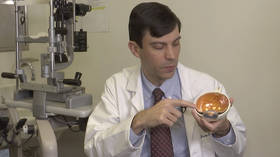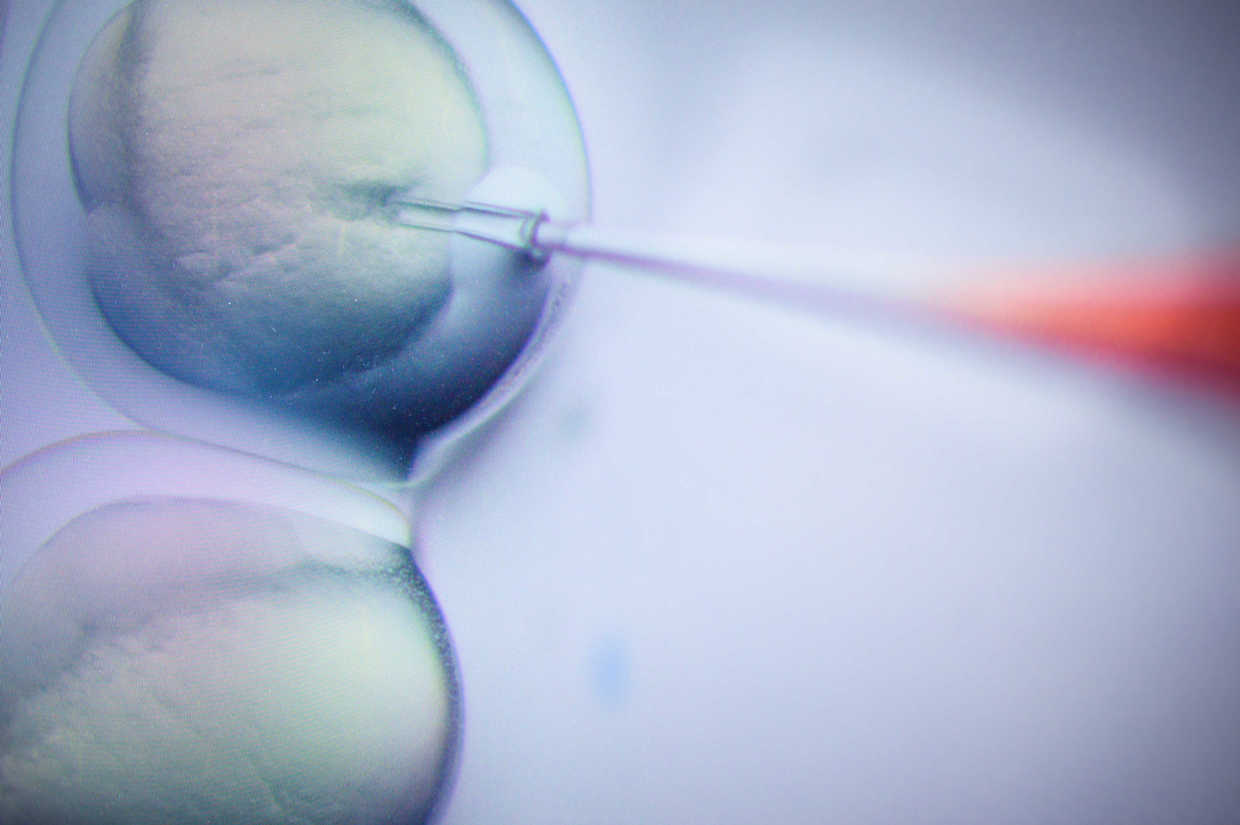Major MILESTONE as scientists use CRISPR gene-editing in patient’s body for first time

Scientists have used the controversial CRISPR gene-editing technique on DNA on live tissue inside a person's body for the first time, in a landmark procedure that could dramatically change the field of medicine.
The world-first procedure involved injecting the gene-editing tool into the patient's eye, in the hopes of restoring their sight lost to a rare genetic disorder.
Preliminary results are expected within weeks, while a more comprehensive assessment of how much, if any, sight was restored will take two to three months.
“This dosing is a truly historic event — for science, for medicine, and most importantly for people living with this eye disease,” said Cynthia Collins of Editas Medicine, which developed the treatment.
Also on rt.com ‘Deliberate falsehood’: Scientists shred Chinese CRISPR babies experiment after leak of unpublished researchThe CRISPR technique has been used to rewrite genetic code for many years now, but had only seen limited applications on patients with cancer, sickle cell disease and other genetic disorders, and never in live patients... until now.
Previously, cells to be edited were removed from the patients' bodies, worked on using CRISPR, after which the edited cells would be reintroduced into the patients' bodies, usually to attack a cancer or help reinsert a missing protein.
Doctors at the Casey Eye Institute in Portland, Oregon injected with drops carrying billions of copies of a human-engineered virus which would help to create the CRISPR biological machinery required within the patient’s eye itself. In this instance, the patient lives with a condition called Leber congenital amaurosis which destroys light-sensing cells in the retina.
The majority of patients with this condition are considered legally blind and can typically only differentiate between light and dark, and are sometimes capable of detecting movement.

"It's the first time the CRISPR gene-editing is used directly in a patient,” Dr Eric Pierce, lead researcher and professor of ophthalmology at Harvard Medical School said to NPR. "We're really optimistic that this has a good chance of being effective."
Eye surgeon Dr Jason Comander told the Associated Press that it marks “a new era in medicine” using a technology that “makes editing DNA much easier and much more effective.”
If successful, the study will expand to include a total of 18 patients from the ages of three to 17, who will receive three different doses.
The researchers were cautious, however, adding that so far only one patient has been treated and the efficacy and effectiveness of the treatment has yet to be determined. The main focus of this first trial was to determine the safety of injecting a living patient with the CRISPR gene-editing tool.
Also on rt.com ‘Prime editing’: Scientists unveil new tool to DESTROY genetic diseasesThe ultimate goal, if the treatment proves safe, is to edit out the defect in a particular gene (CEP290) which causes Leber congenital amaurosis. Even more promising is the prospect of a 'one and done' treatment, which would only need to be administered once in the patient's life.
Again, while it is still early days yet, if this treatment proves in any way successful, it throws open the doors to potentially the biggest breakthrough in human medical history, allowing for the possibility of treating a number of genetic disorders and diseases that have plagued mankind for centuries.
These might include brain disorders, inherited forms of dementia, muscular diseases and more.
Like this story? Share it with a friend!














